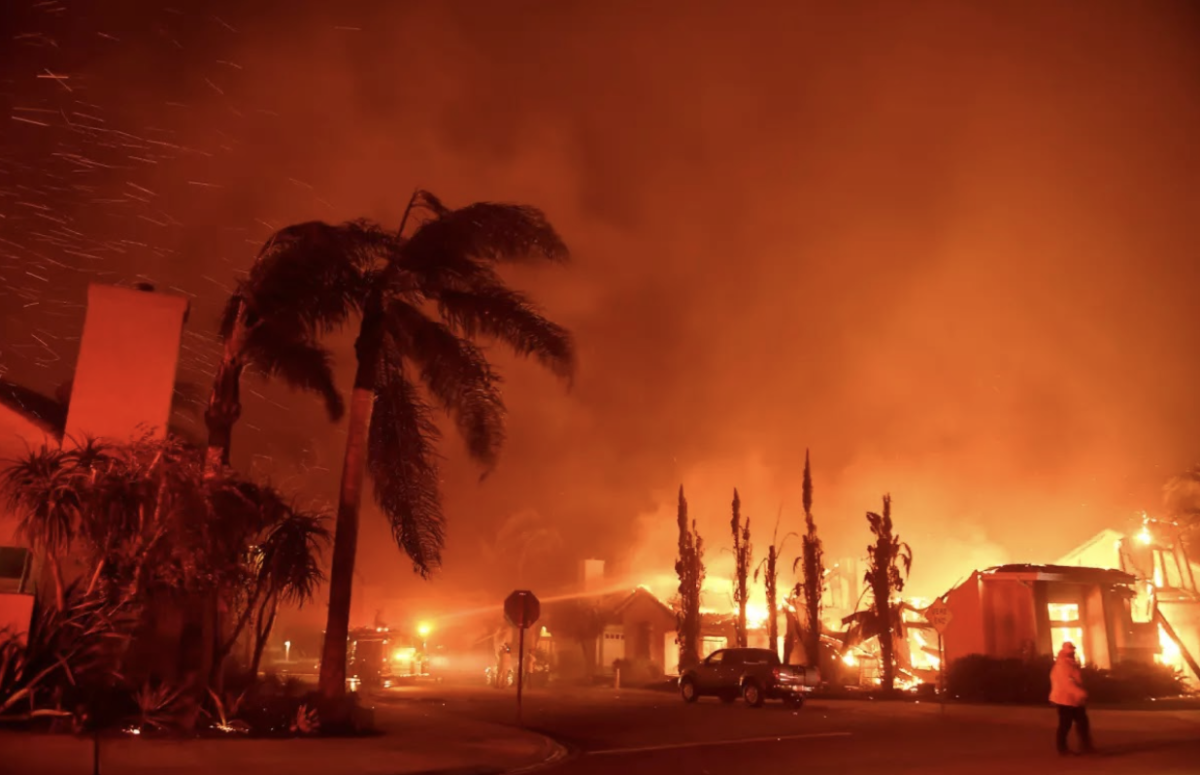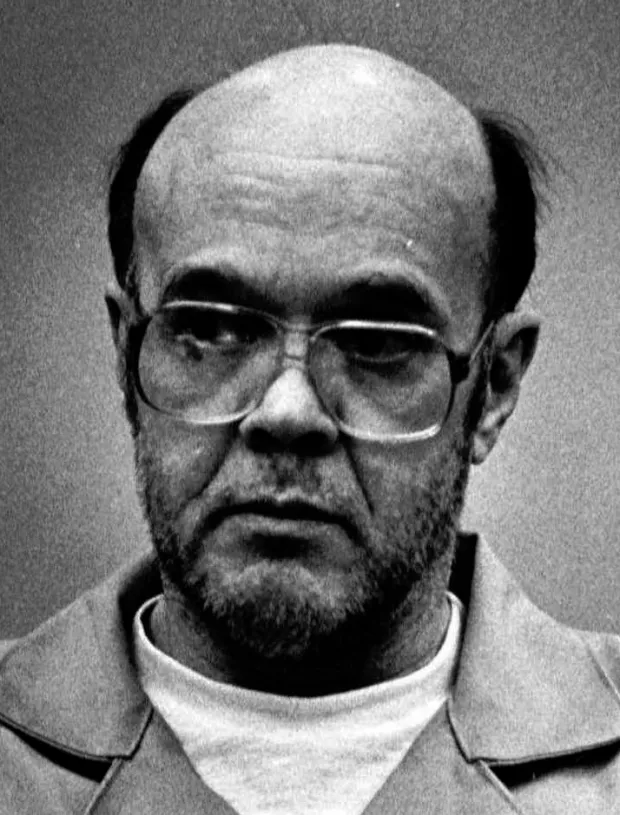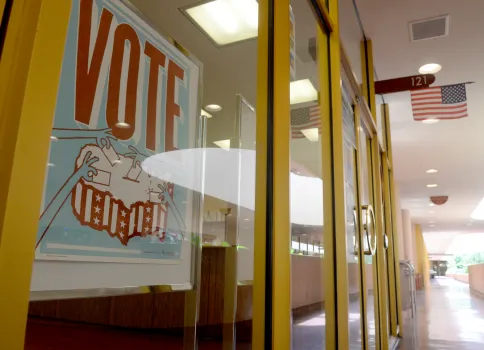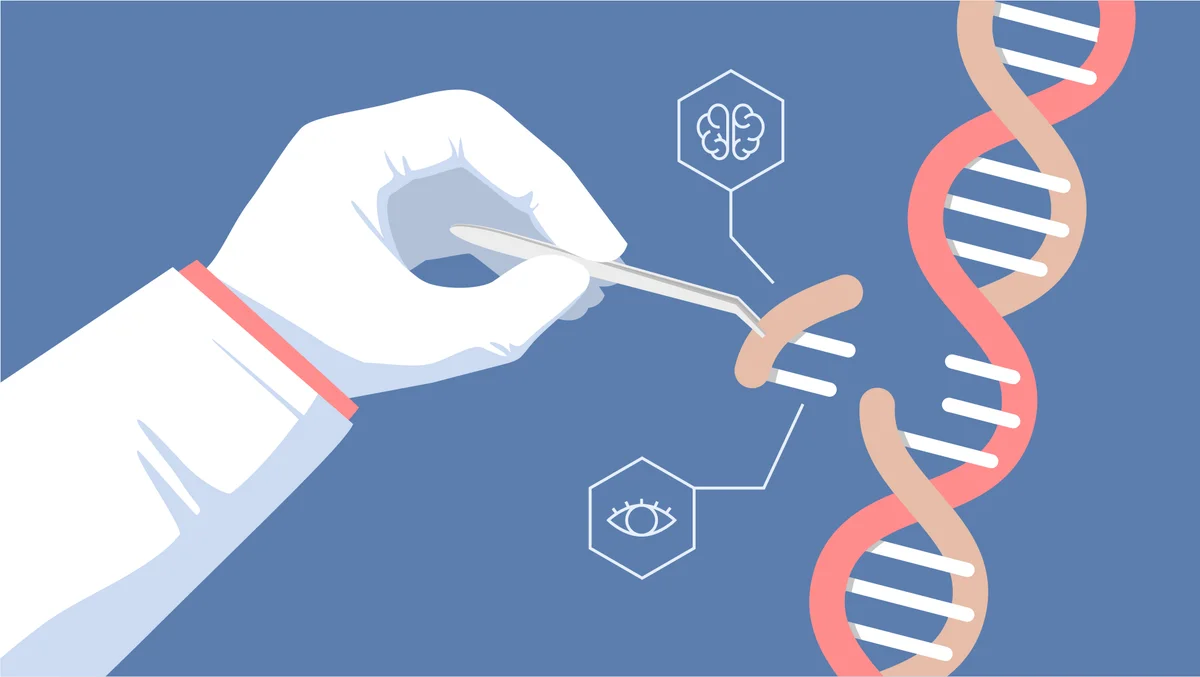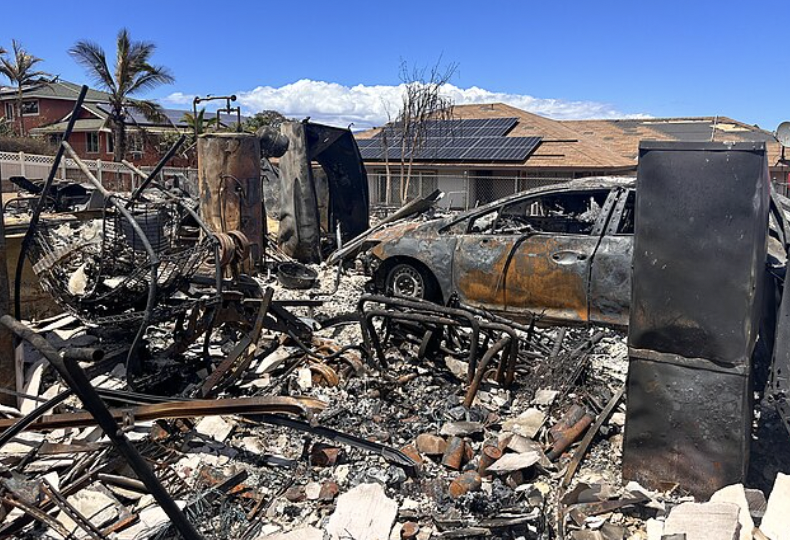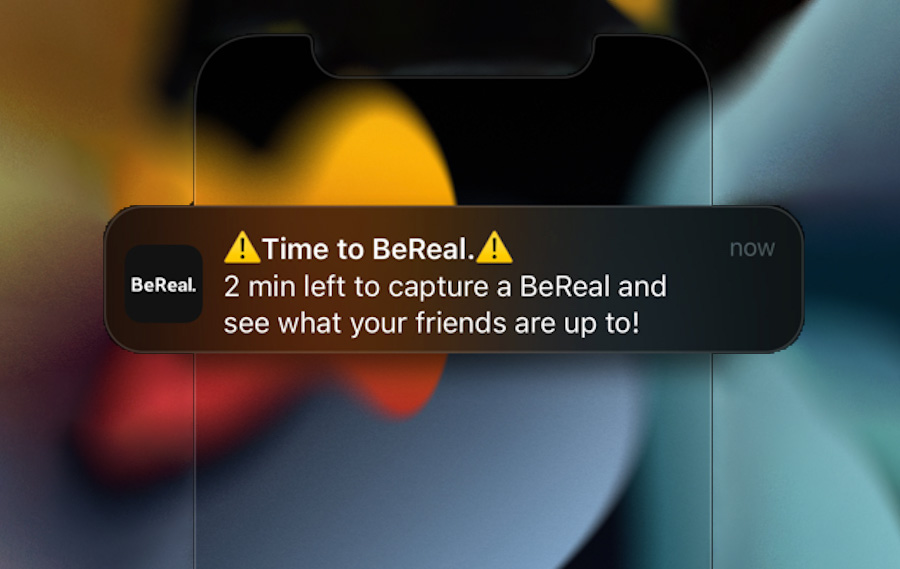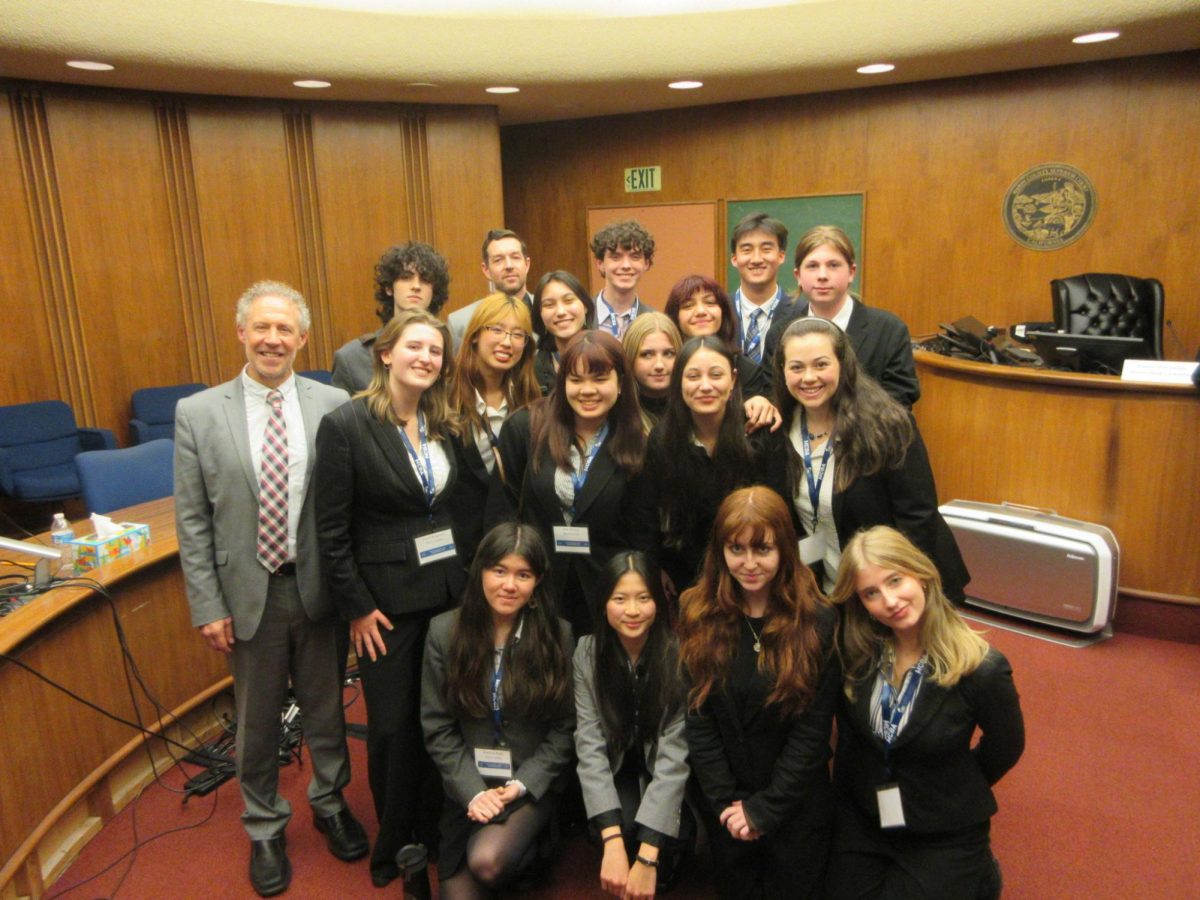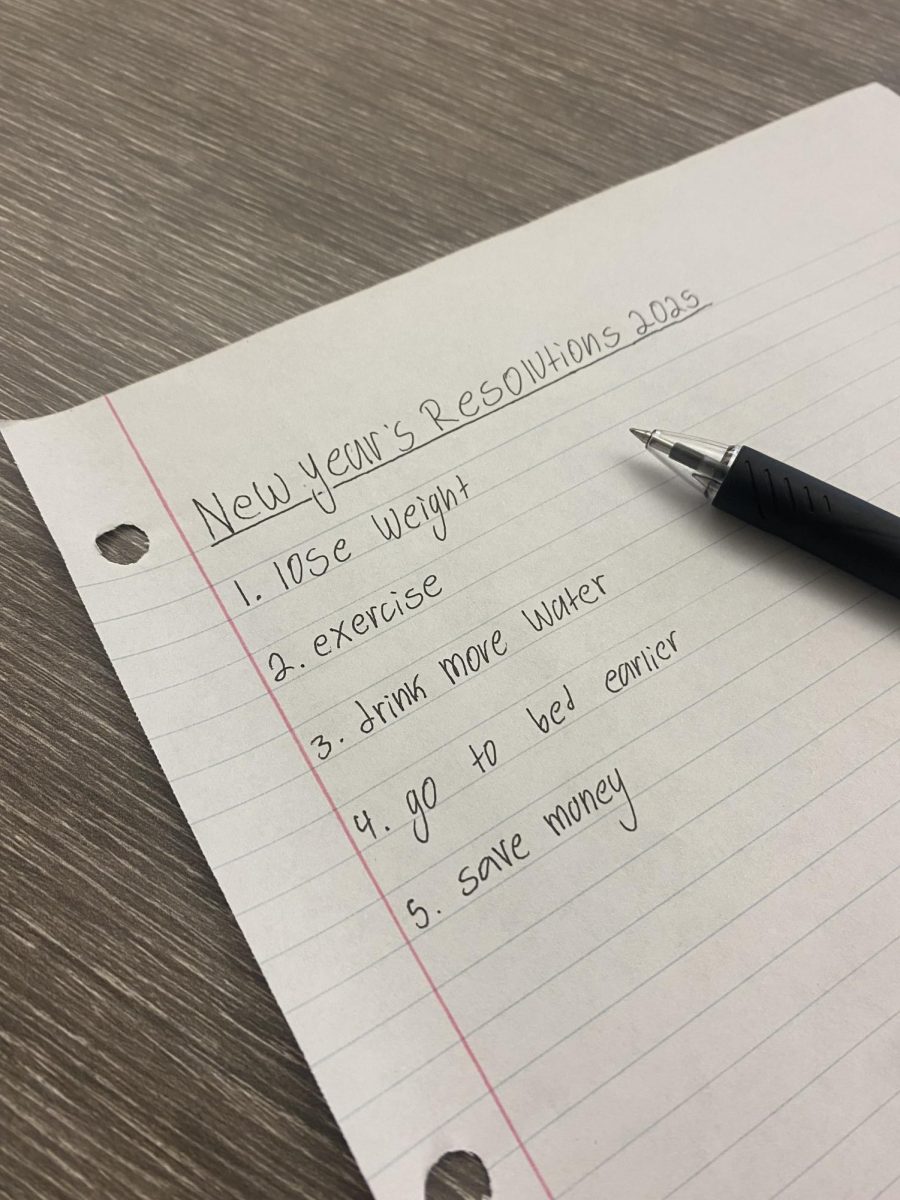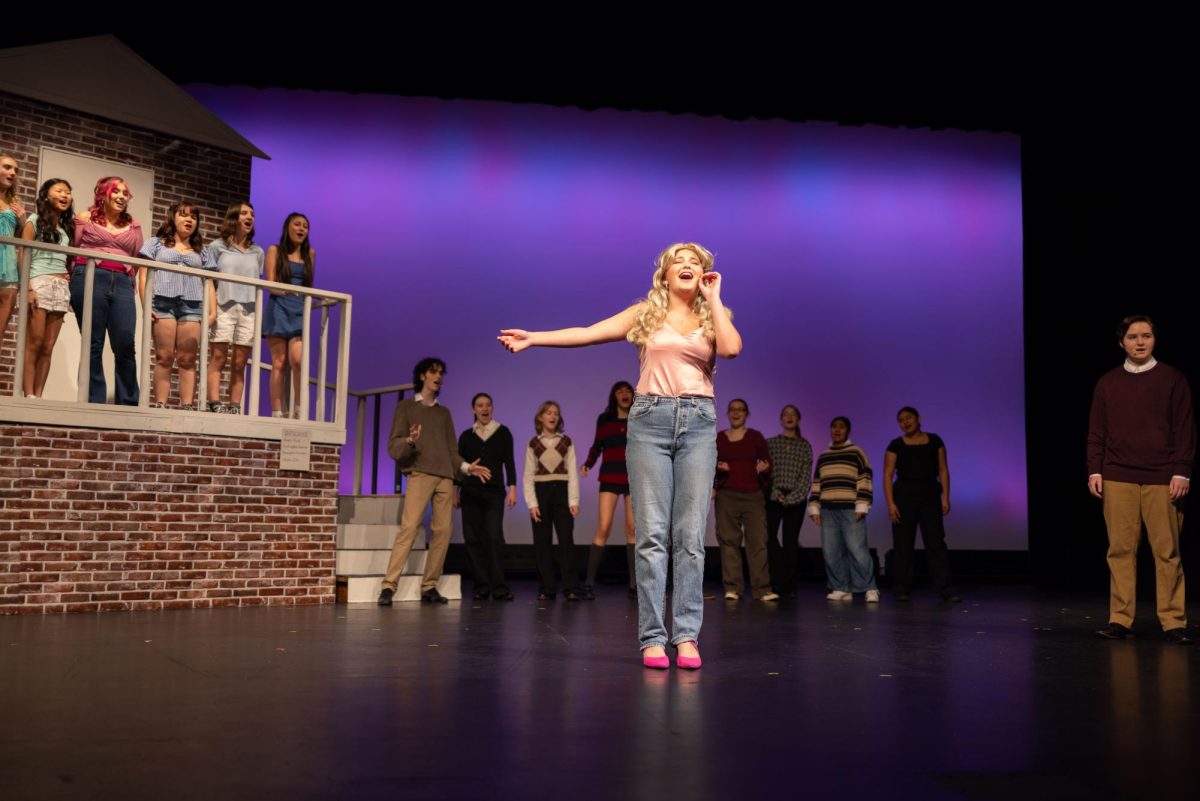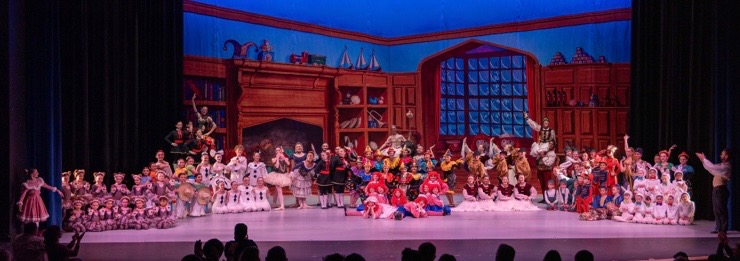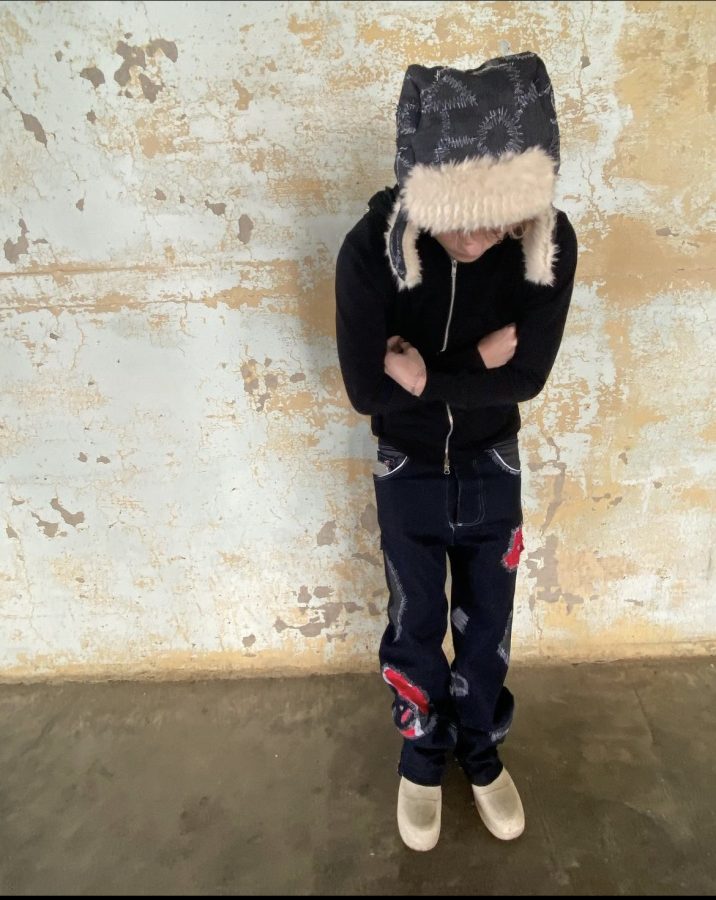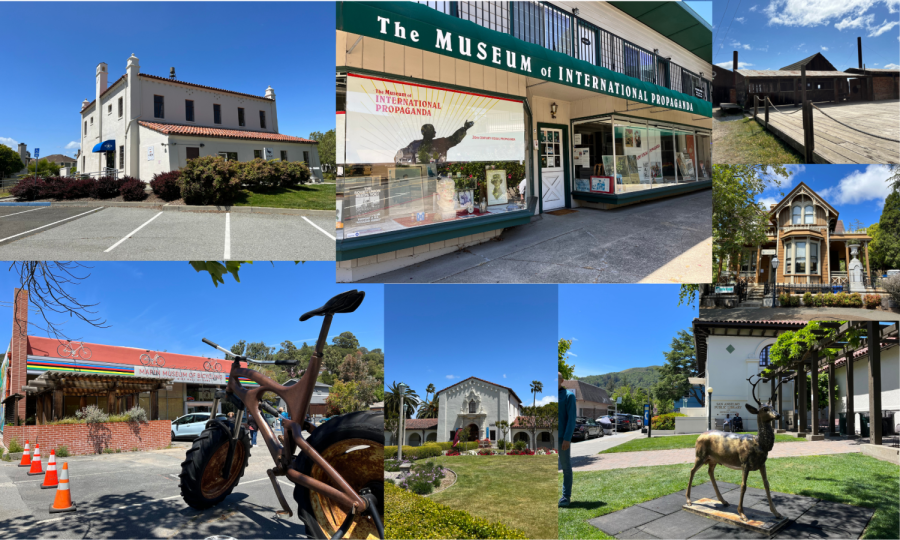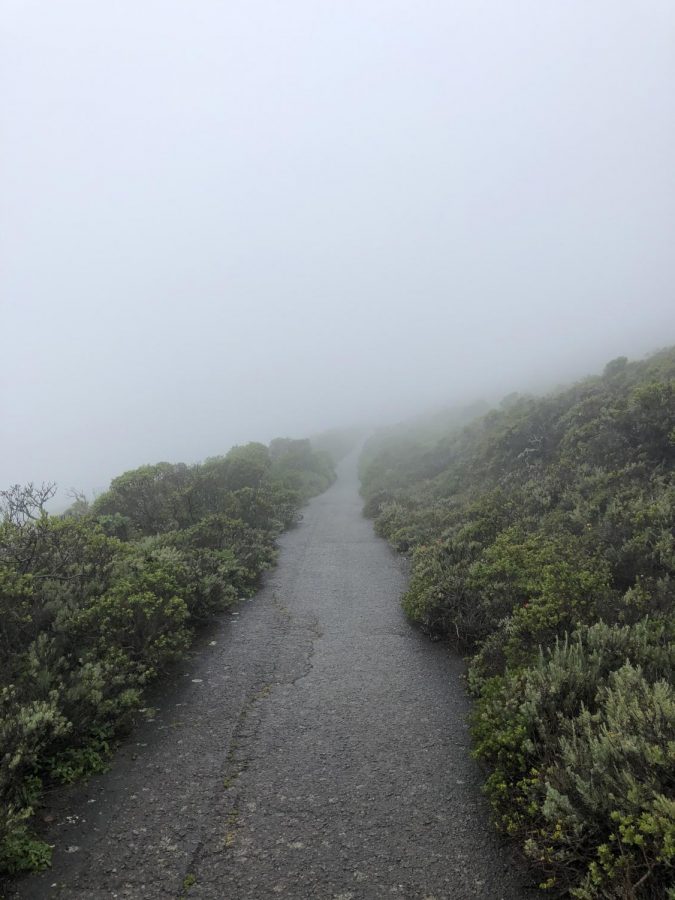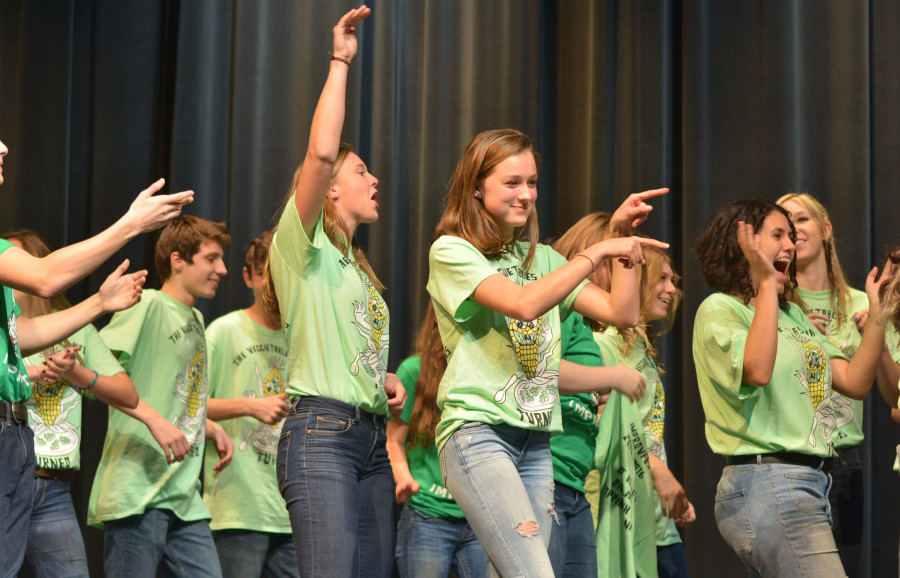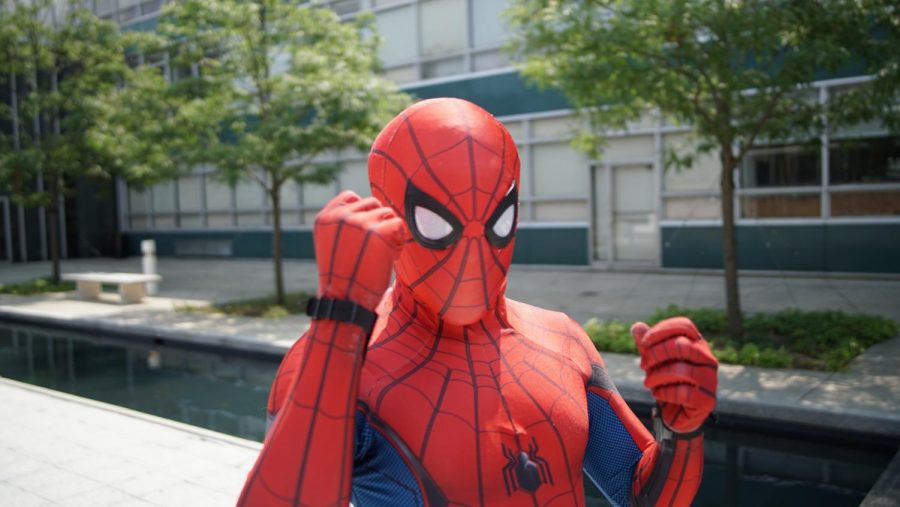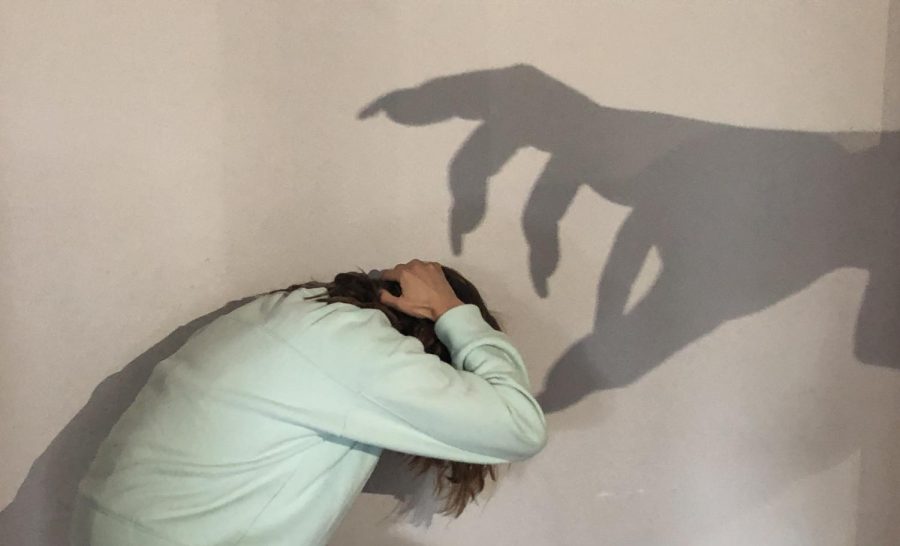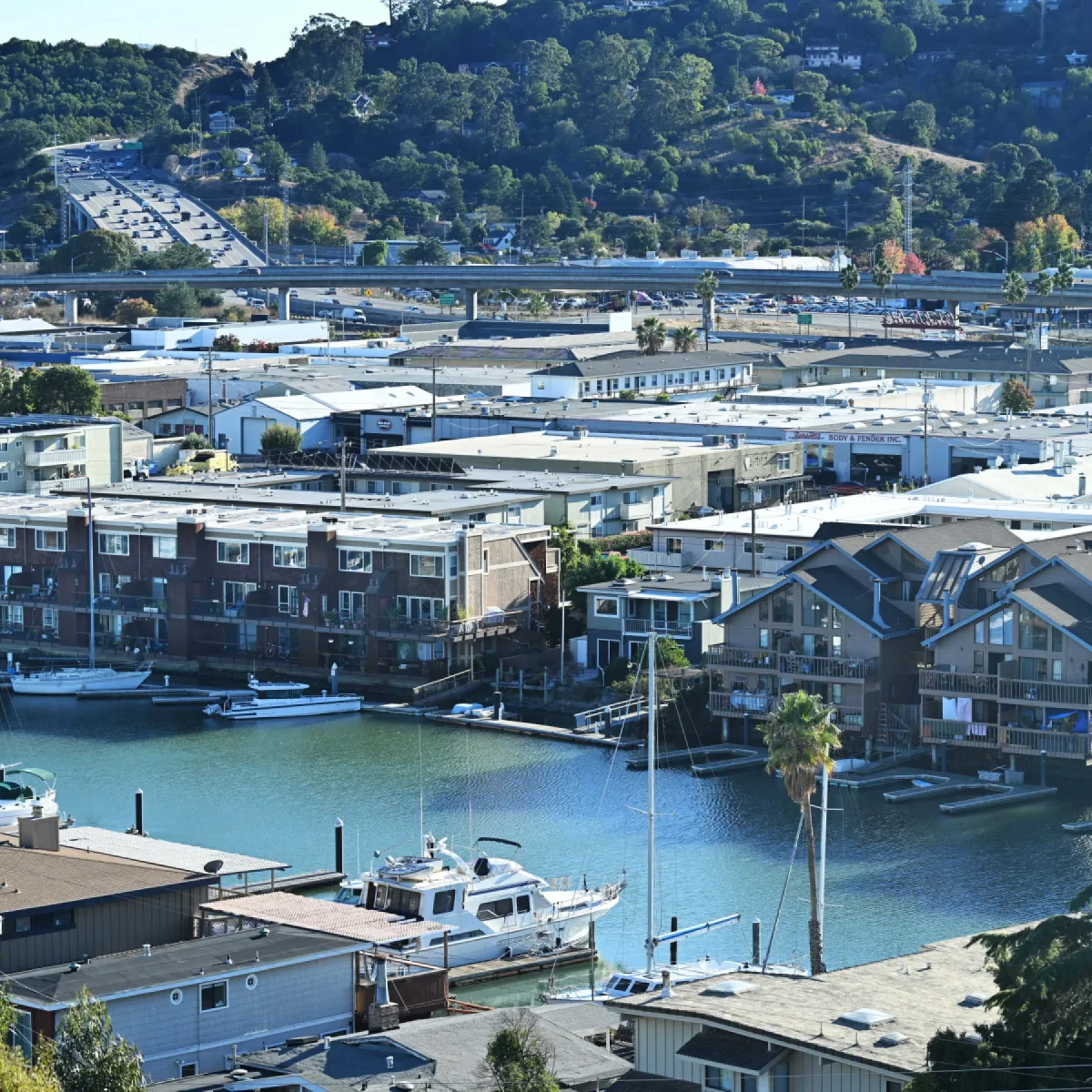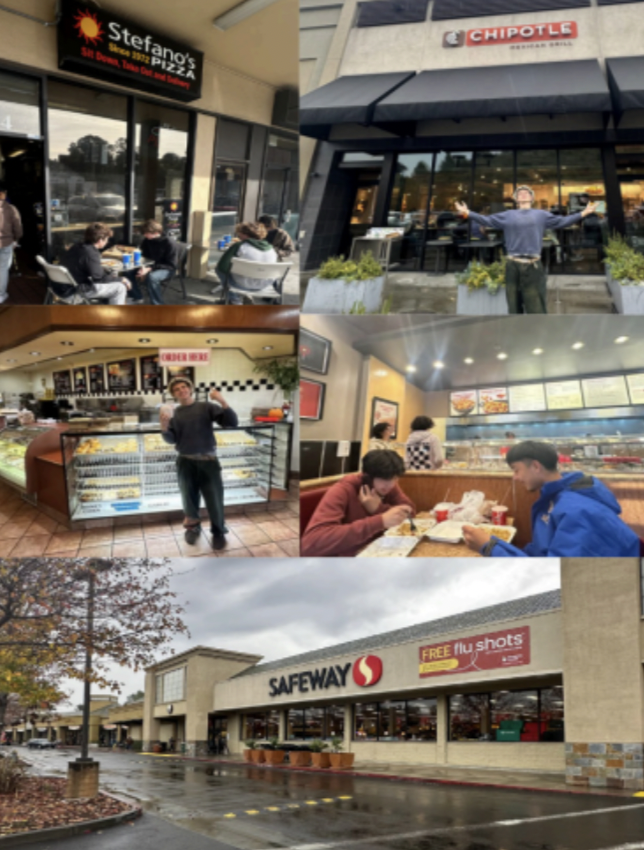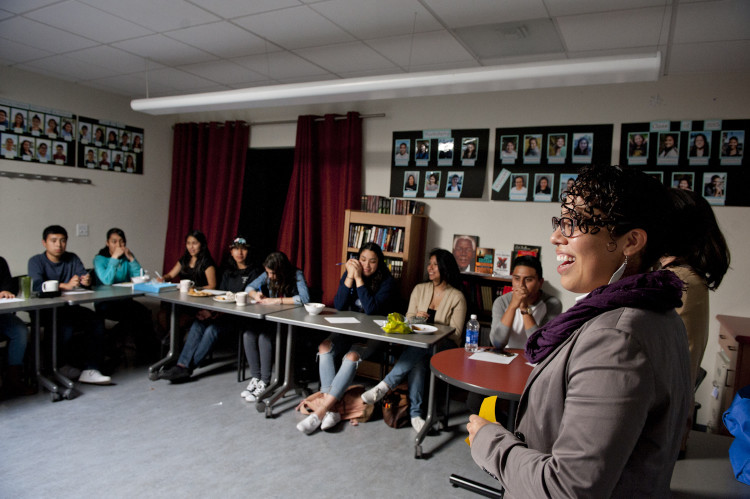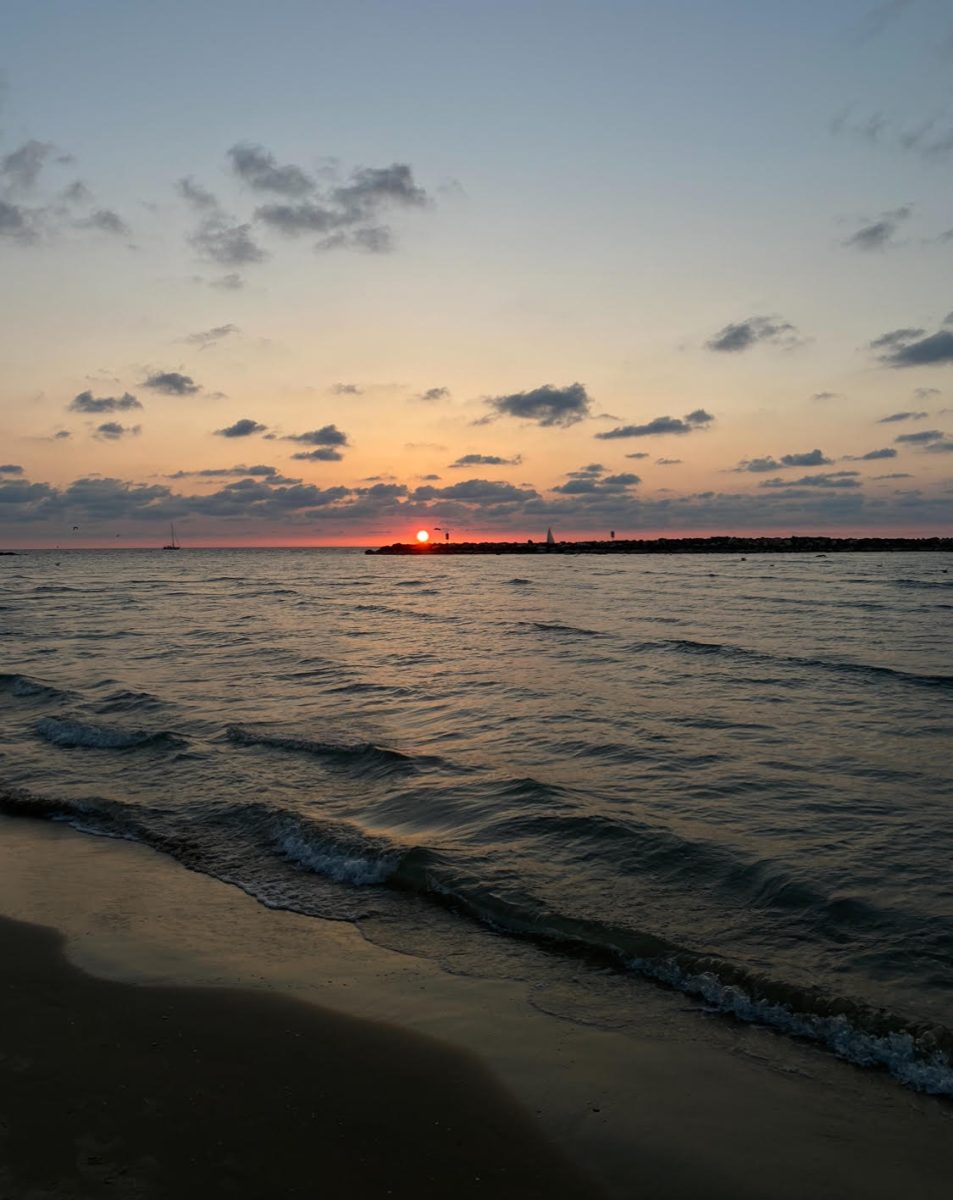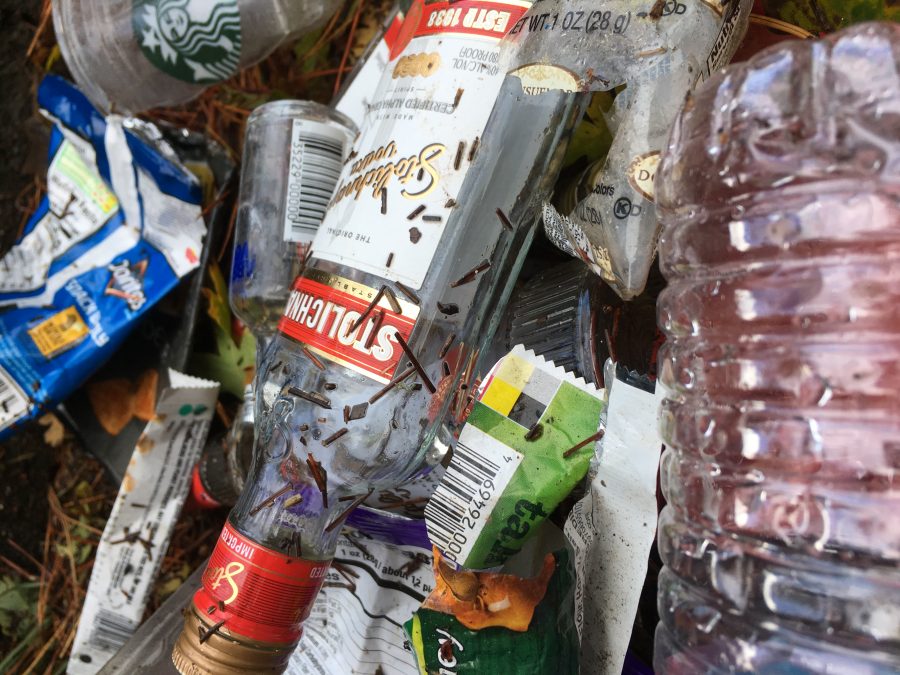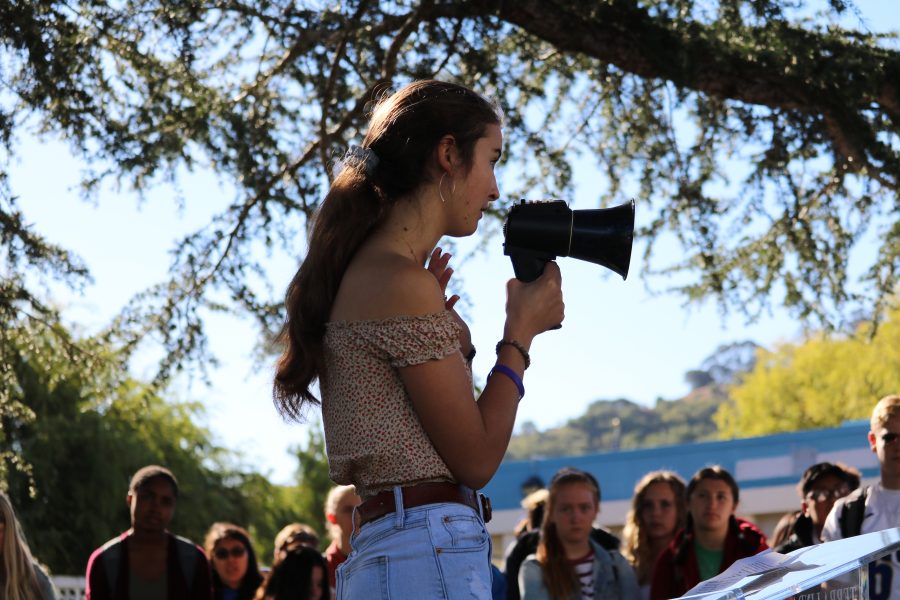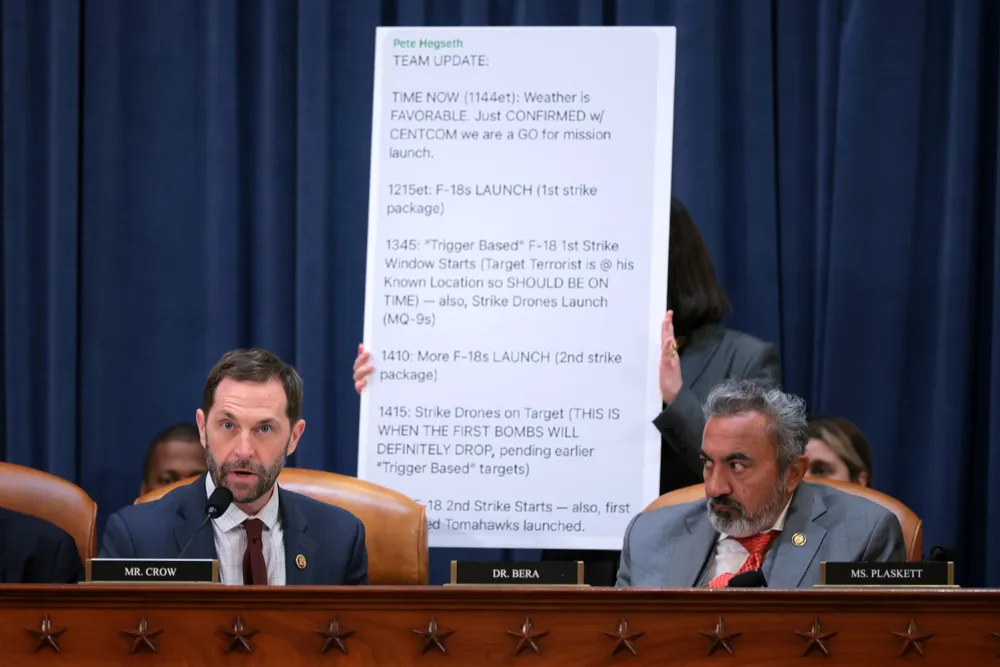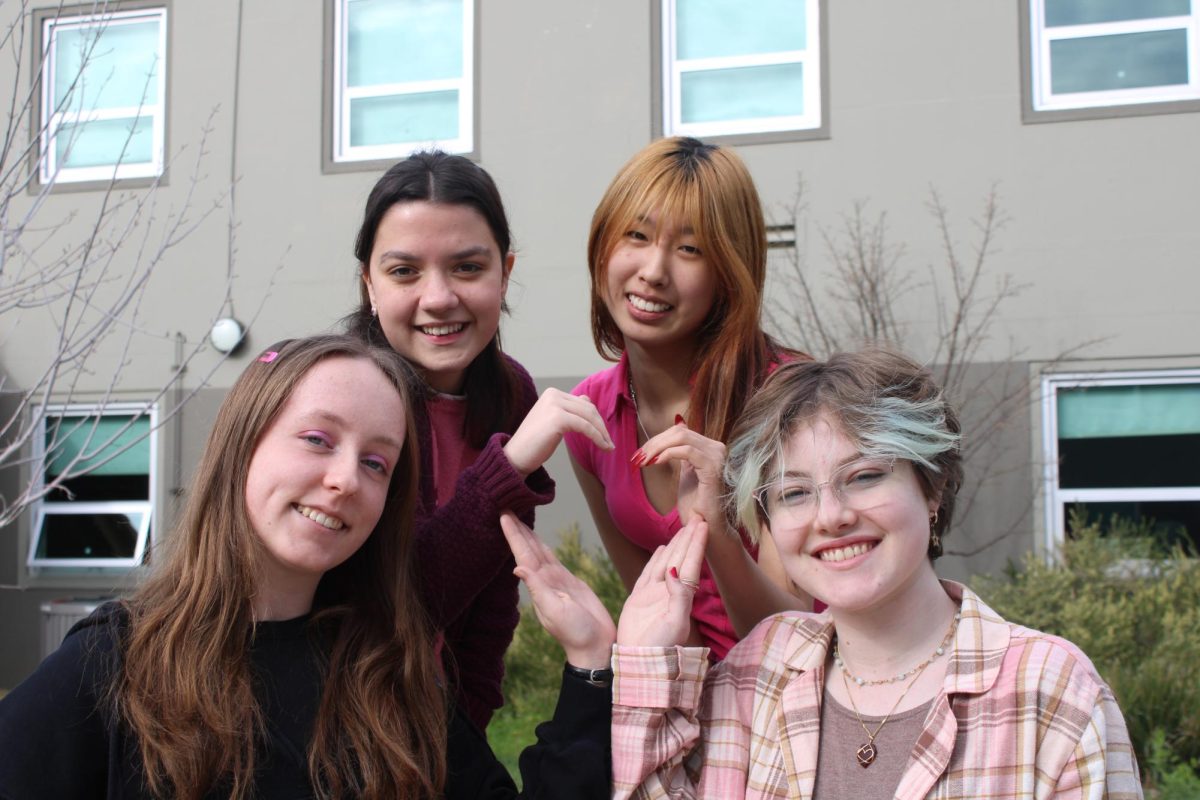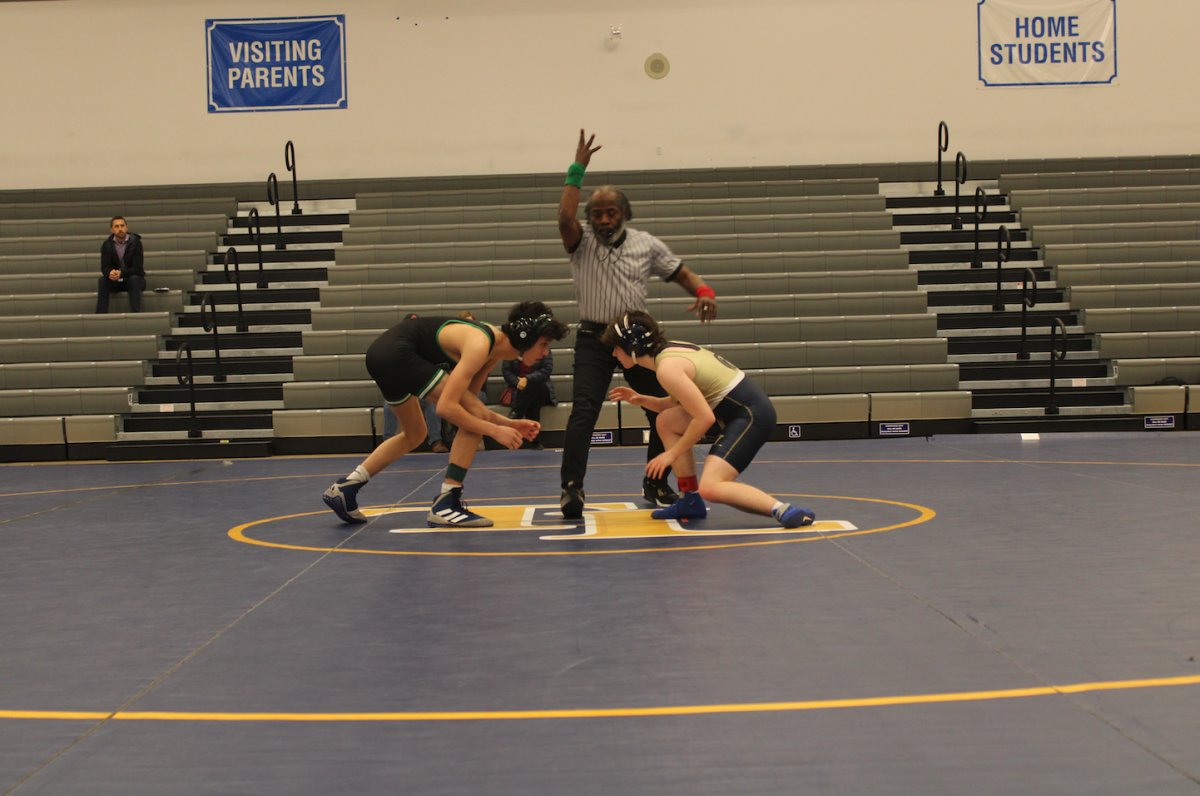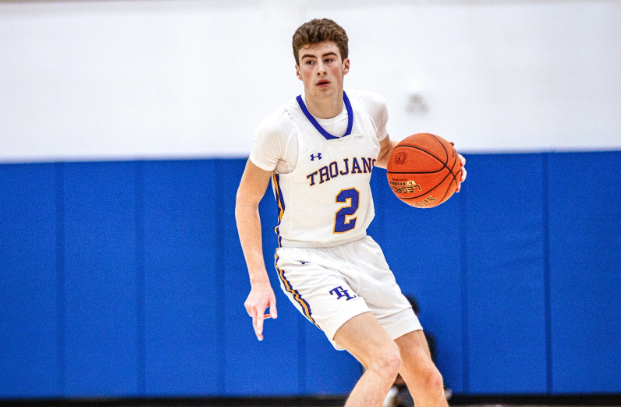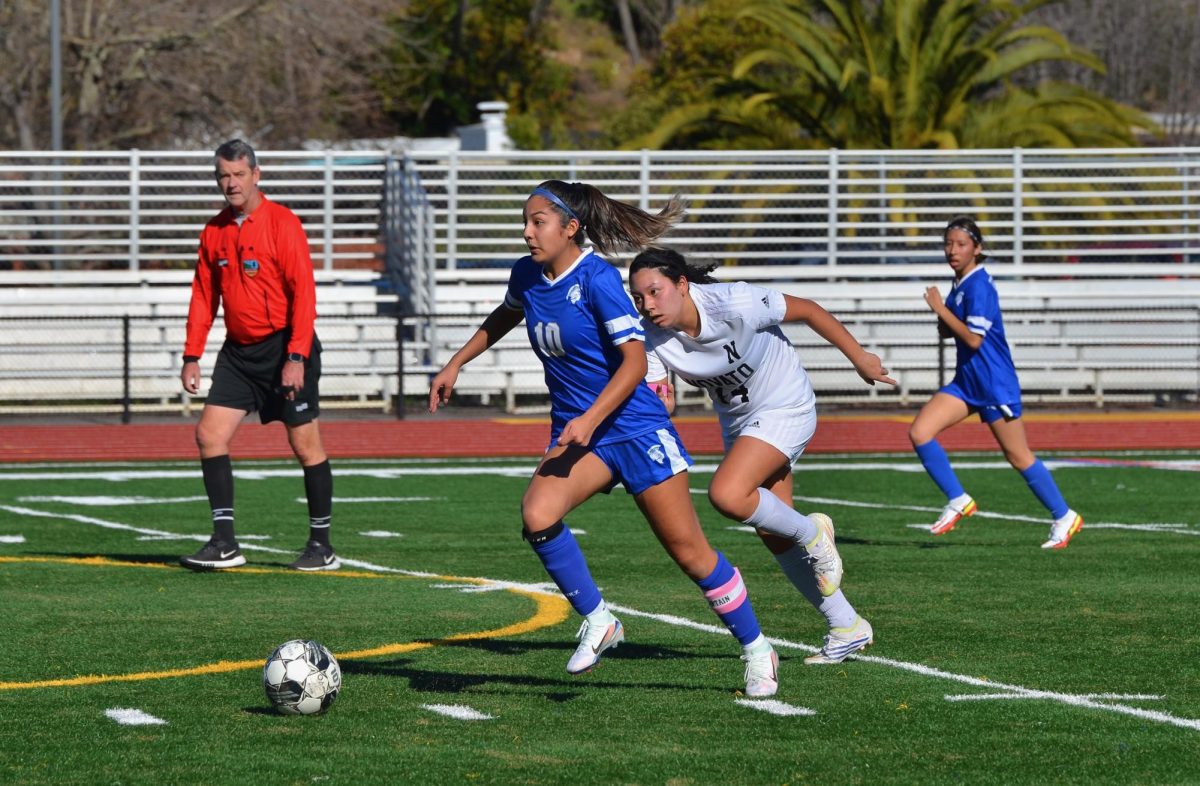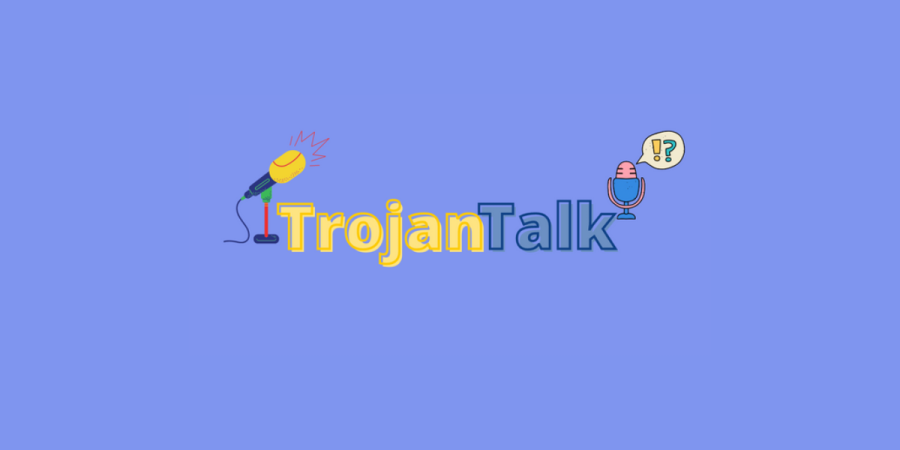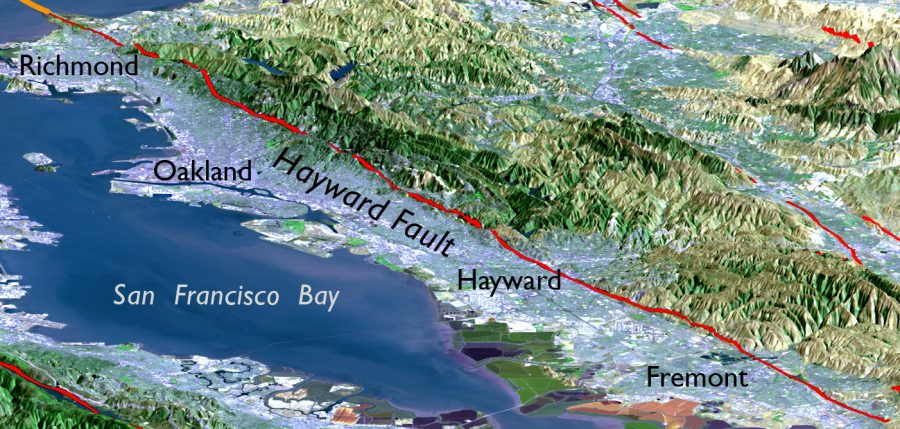On October 17, 1989, at 5:04 p.m., Game 3 of the World Series between the San Francisco Giants and the Oakland Athletics was just about to start at Candlestick Park. Suddenly, a 6.9 magnitude earthquake struck the Bay Area, its epicenter located near Loma Prieto Peak in the Santa Cruz Mountains. Just 15 seconds in duration, the Loma Prieto earthquake caused 67 deaths and more than 5 billion dollars in damages. The San Francisco Marina District was nearly destroyed, as it was built with no bedrock to support it. This caused many structural collapses. Gas mains burst under the pressure, igniting fires. Along Interstate 880, a one-and-a-quarter mile long portion of the Cypress Street Viaduct collapsed, killing 42 people when the top deck fell onto the bottom deck. Part of the top deck on the Bay Bridge also collapsed onto the bottom deck, killing one person. Being that the 1989 earthquake caused so much destruction, many are concerned about when the next massively destructive earthquake will hit. As of 2018, the Bay Area is overdue for an earthquake caused by a shift in the Hayward Fault by about 10 years. When will this next big earthquake happen?
Predicting earthquakes is incredibly difficult. Liz Colvard from the U.S. Geological Survey stated that, “We don’t have the ability to predict earthquakes.” This raises the question, “How can we know that the Hayward Fault is supposed to rupture every 140 years?” Liz Colvard answered, “We can, however, calculate the probability that a significant earthquake will occur on the Hayward fault within a specified number of years.”
The Great San Francisco Quake, in 1868, was the last major earthquake coming from the Hayward Fault. Now, in 2018, we are still waiting for the Hayward Fault to rupture. “7.1 is predictable,” stated Dr. Peggy Hellweg, from UC Berkeley. Since the Bay Area hasn’t been hit by an earthquake from the Hayward Fault in 150 years, the next one is predicted to be at least 7.1 in magnitude, potentially bigger than the Mexico City earthquake that occurred on September 19th, 2017. The Mexico City earthquake killed over 155 people and caused approximately 60 buildings to collapse. Other buildings sustained enough damage to become destabilized and to pose a risk to people.
Many of the buildings that collapsed in Mexico City had “softer” foundations (ie: wooden, older concrete, etc.) than the rest of the floors in the same building. This type of building is called soft-story because the “soft” floor collapses, normally resulting in the collapse of the rest of the building. There are many buildings in San Francisco that have foundations made of old concrete. However, San Francisco has undergone retrofitting, which normally requires implanting metal bars in a structure, so an earthquake of a magnitude close to the one in Mexico City won’t collapse soft-story buildings. The MSSP, or Mandatory Soft Story Program, was implemented in San Francisco in 2013. This program came into existence so soft-story buildings would get retrofitted, ensuring they would be safer during the next large earthquake to hit the Bay Area. Kyle Vasser, a Freshman of Terra Linda, states, “First of all, I think that the Hayward Fault will rupture, and I also think that our cities aren’t that safe because the taxes aren’t going to the buildings…If I was out during a major earthquake, I would run, because major earthquakes cause major destruction.” Vasser is correct in saying that major earthquakes cause major destruction, even though the Bay Area is aware that this will happen and retrofitting projects are in place.
The Association of Bay Area Government revealed that, in 2017, Alameda, Berkeley, and Fremont had also put retrofit programs into effect. Other cities, such as Oakland and Palo Alto have made steps to draft retrofit programs. Depending on the building size, retrofitting could cost anywhere between 60,000 and 130,000 dollars and is normally completed in one to two weeks per building. It is rare for a retrofitting project to take more than two weeks, however, to retrofit the whole of San Francisco, this process might take years as there are approximately 5,158 buildings that could be retrofitted. As in any construction project, retrofitting takes time, inspections, and building permits. This being said, retrofitting may not even be a plausible option anymore because the Hayward Fault is about ten years overdue. An earthquake could happen at any time now, and retrofitting would not help, as many buildings could still be under construction. However, with no better options, retrofitting should start as soon as possible to reduce potential damage.
The Marin County Civil Grand Jury released a memorandum on public school safety in 2009 so public schools were retrofitted. It stated that there were at least 75 buildings in the Marin County school districts that were not retrofitted to a modern standard. This retrofit mishap could have caused, if not remedied, a collapse of schools in Marin County when the Hayward Fault ruptured. These buildings, classified as Category 2 (those building types that are not expected to perform as well in future earthquakes as Category 1 building types and that require detailed seismic evaluation to determine if they can be expected to achieve life-safety performance), were not in imminent danger of being destroyed by an earthquake, although the threat was quite clearly there. A Category 2 building would be devastated by a 6.7 magnitude or higher earthquake. With the Hayward Fault predicted to next come in at 7.1, a Category 2 building would be totally decimated.
The Millennium Tower of San Francisco has leaned 14 inches to one side since its completion in 2008. It has also sunk 17 inches into the ground. All of this has caused a breach in the fire barrier and cracks in the basement. These cracks will be disparaging when the Hayward Fault ruptures next. The Millennium Tower was investigated and a violation notice was sent to the proprietor of the Tower. The notice told the proprietor to have the problem fixed or get another expert to prove the building is safe. “A large earthquake on the Hayward fault…would cause significant damage to infrastructure in the East Bay…Modern high-rise buildings such as the Millennium Tower are much more resilient than pre-1994 structures (i.e. before the Northridge earthquake), but strong shaking is still likely to be felt in San Francisco’s high rises…though collapse is highly unlikely to occur,” stated a USGS specialist. Although the Millennium Tower is not likely to collapse during an earthquake due to its architectural problems, it still should be fixed so the likelihood of an earthquake damaging it is lessened.
All Bay Area counties should put retrofit programs into place and have stricter building codes so earthquakes will not cause so much damage. The Hayward Fault is a natural danger that everyone should look out for.

